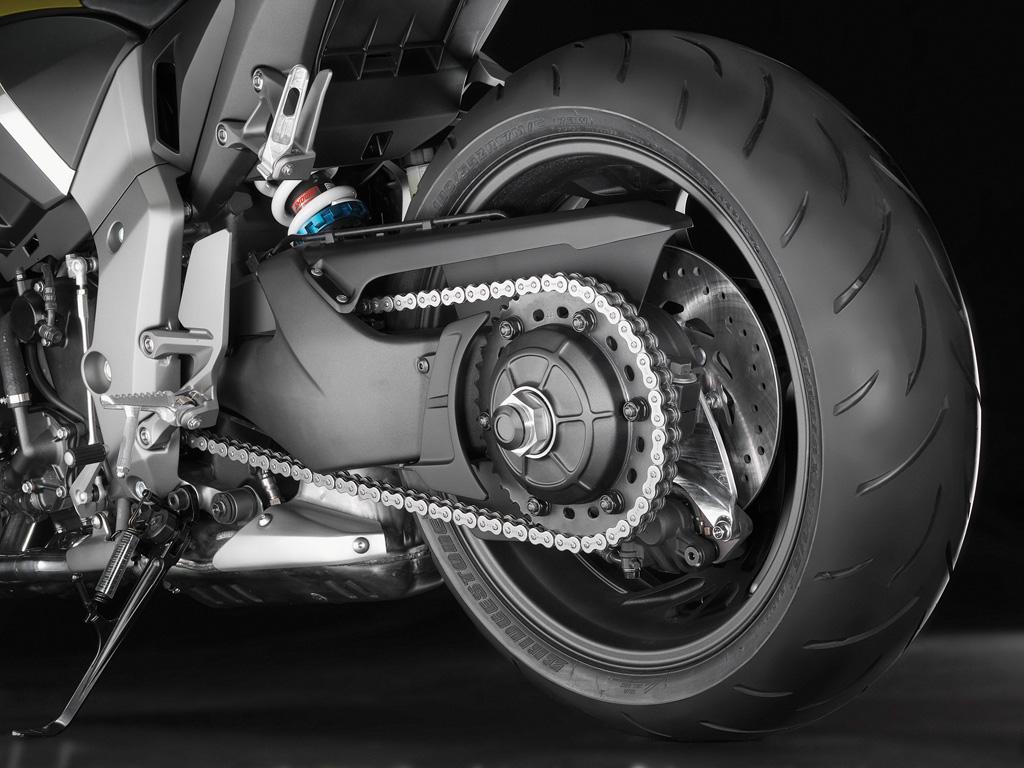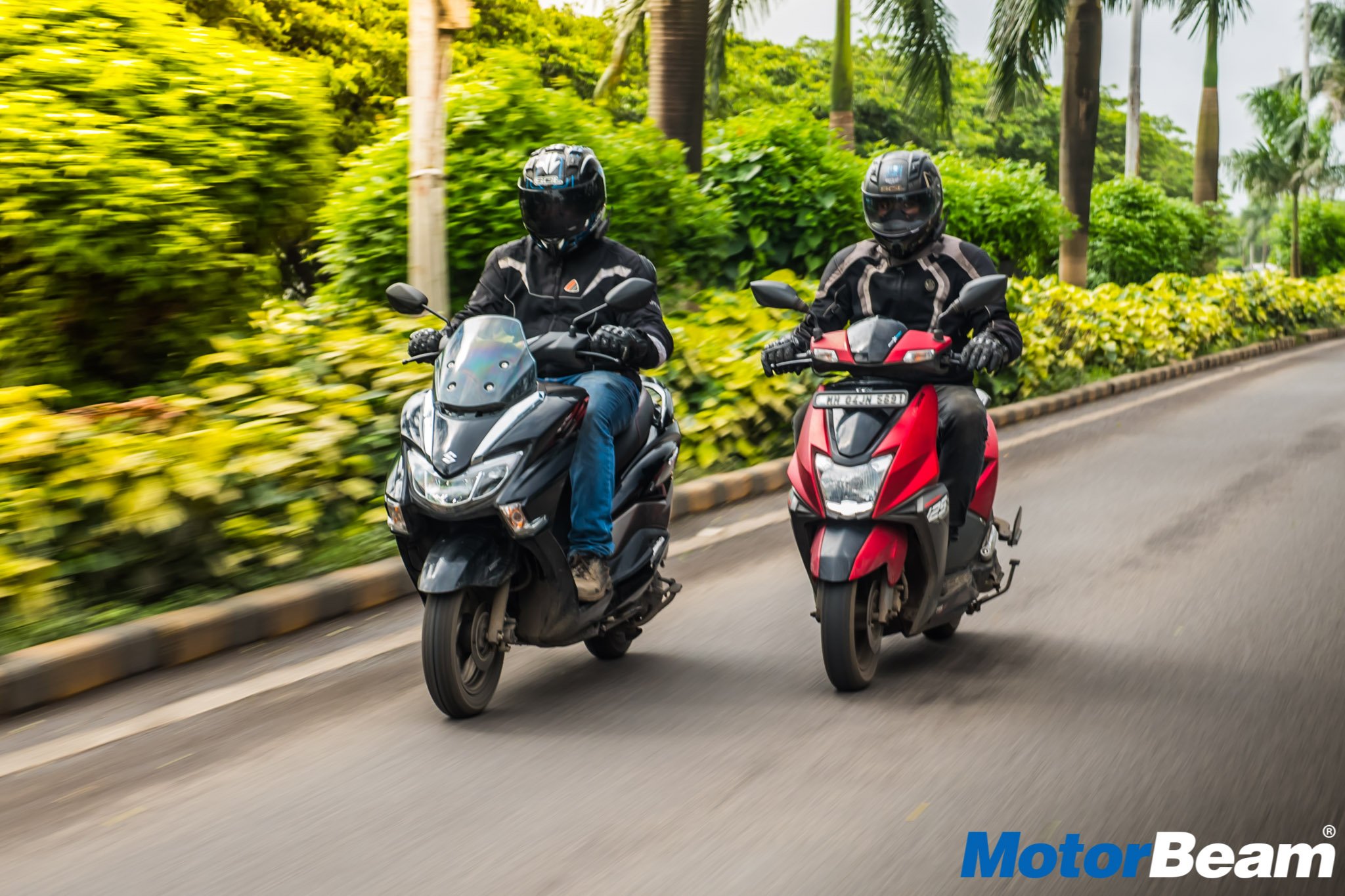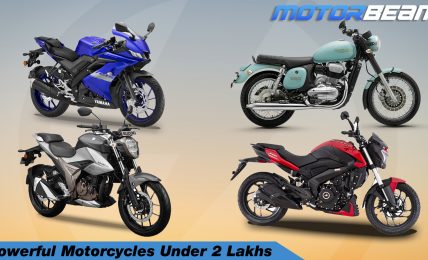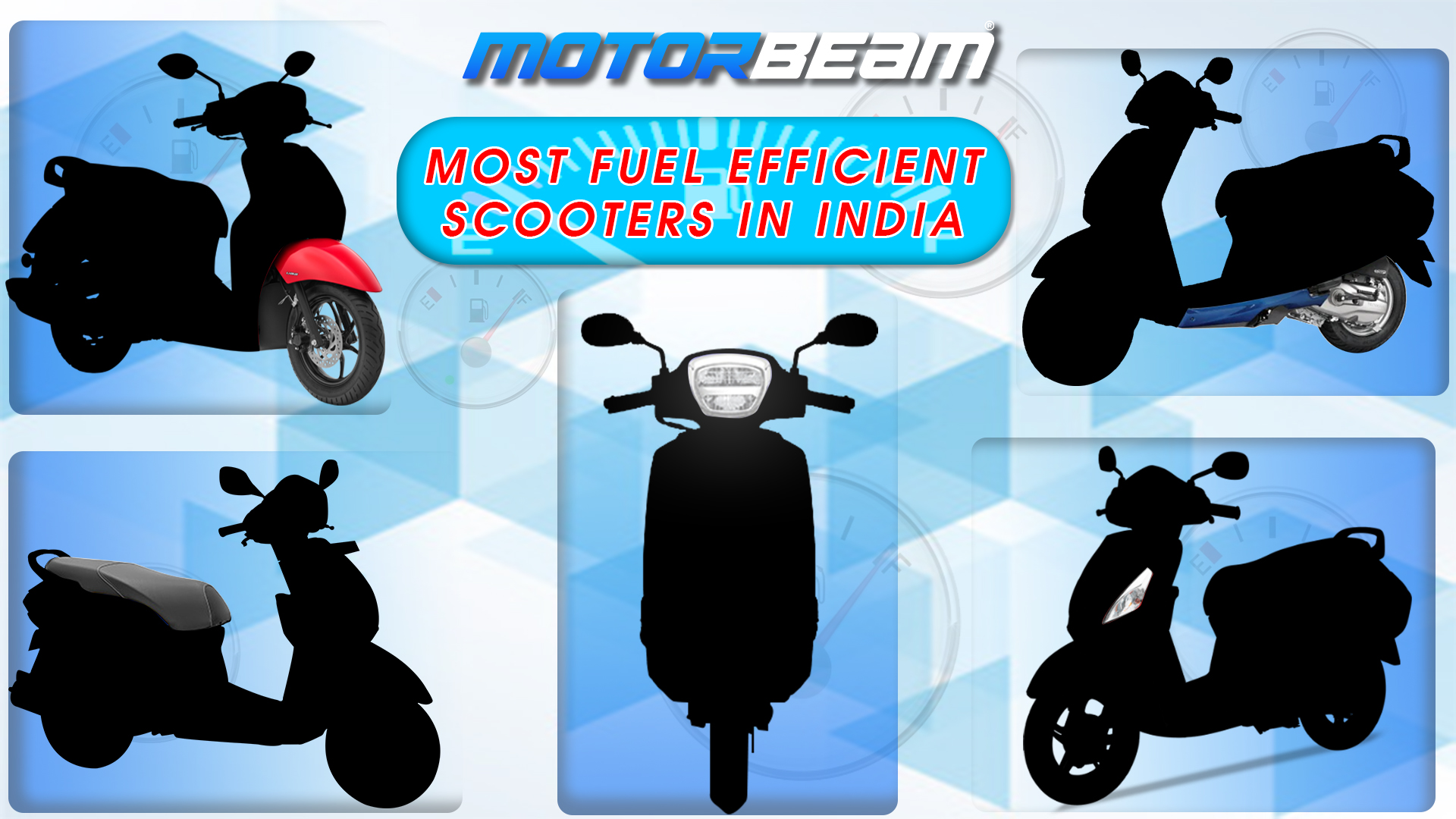
Chain vs belt drive mechanism explained
Let’s explore the distinctions between chain drive and belt drive systems as it significantly impacts the bike’s performance, maintenance and overall riding experience.
- Material Composition and Construction:
- Chain Drive: Motorcycle chain drives typically consist of metal links, often made of steel. These chains are robust and durable, designed to withstand the high torque and stress generated by powerful motorcycle engines. Regular lubrication is essential to prevent wear and ensure smooth operation.
- Belt Drive: Motorcycle belt drives use reinforced rubber or composite materials with embedded cords for strength. The belt is toothed and runs between pulleys or sprockets. This design minimises slippage and enhances power transmission efficiency.
- Efficiency:
- Chain Drive: Chain drives are renowned for their high efficiency in power transfer. They provide a direct connection between the engine and the rear wheel, delivering a responsive and dynamic riding experience. However, they require frequent lubrication to maintain optimal efficiency.
- Belt Drive: Belt drives also offer high efficiency, providing a smooth and quiet operation. The toothed design reduces friction, and since belts don’t require lubrication, they are relatively low-maintenance compared to chains.
- Weight:
- Chain Drive: Motorcycle chains can add weight to the bike, especially in larger and more powerful motorcycles. However, modern materials and design innovations have led to the development of lightweight chains to address this concern.
- Belt Drive: Belt drives are generally lighter than chains, contributing to a reduction in the overall weight of the motorcycle. This weight advantage can be particularly appealing for riders who prioritise agility and manoeuvrability.
- Durability:
- Chain Drive: Chains are durable and can withstand the demands of high-performance motorcycles. Regular maintenance, including cleaning and lubrication, is crucial to prevent rust and extend the chain’s lifespan.
- Belt Drive: Belt drives are resistant to rust and corrosion, making them a durable option. However, they may not be as well-suited for extremely powerful motorcycles that generate high torque, as the belts can experience accelerated wear under intense stress.
- Maintenance:
- Chain Drive: Chains require regular cleaning and lubrication to ensure smooth operation and prevent premature wear. Neglecting maintenance can lead to increased friction, noise, and reduced efficiency.
- Belt Drive: Belt drives generally require less maintenance than chains. Their sealed design protects against dirt and debris, and they don’t need regular lubrication. This makes belt drives an attractive option for riders seeking a low-maintenance solution.
- Cost:
- Chain Drive: Chains and sprockets are often more affordable to replace than belts and pulleys. However, the overall cost of ownership may be higher due to more frequent maintenance requirements.
- Belt Drive: While the initial cost of a belt drive system may be higher, the reduced maintenance needs and longer lifespan can make it a cost-effective choice in the long run.




